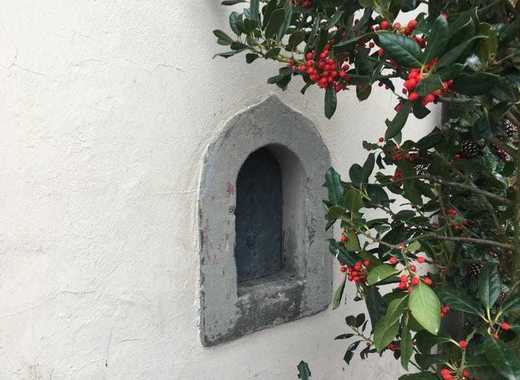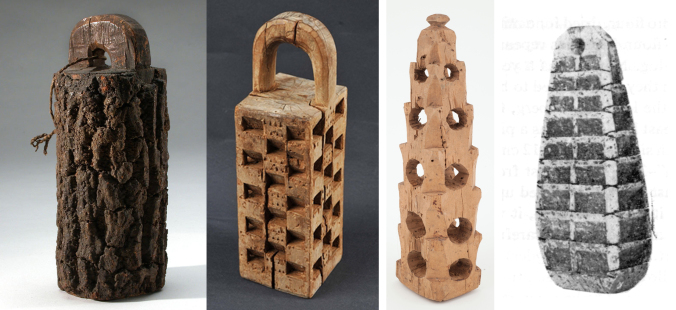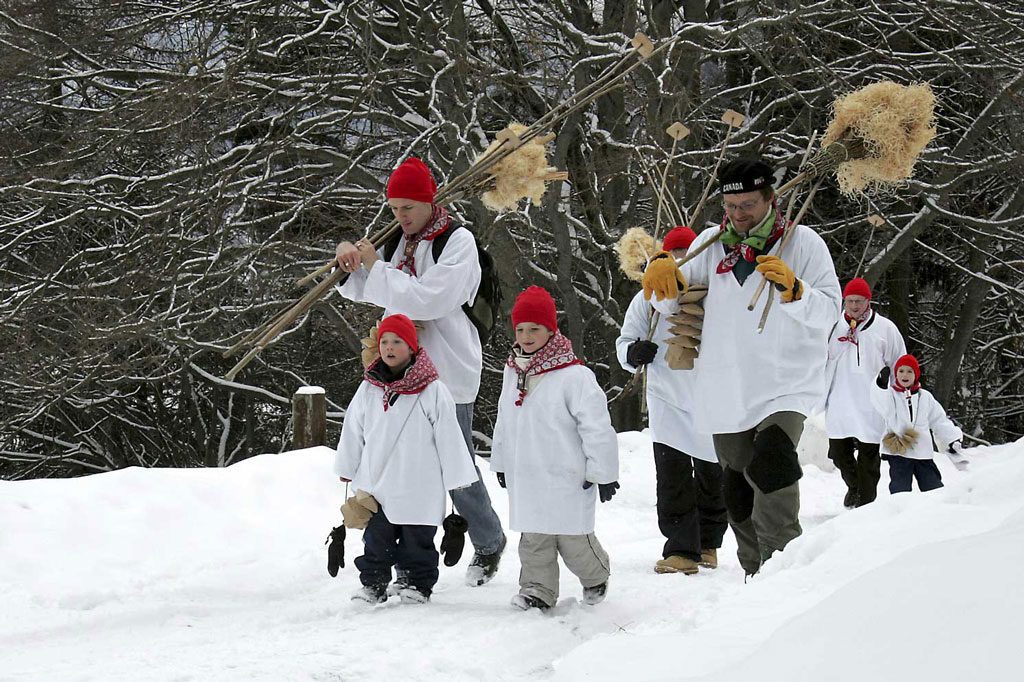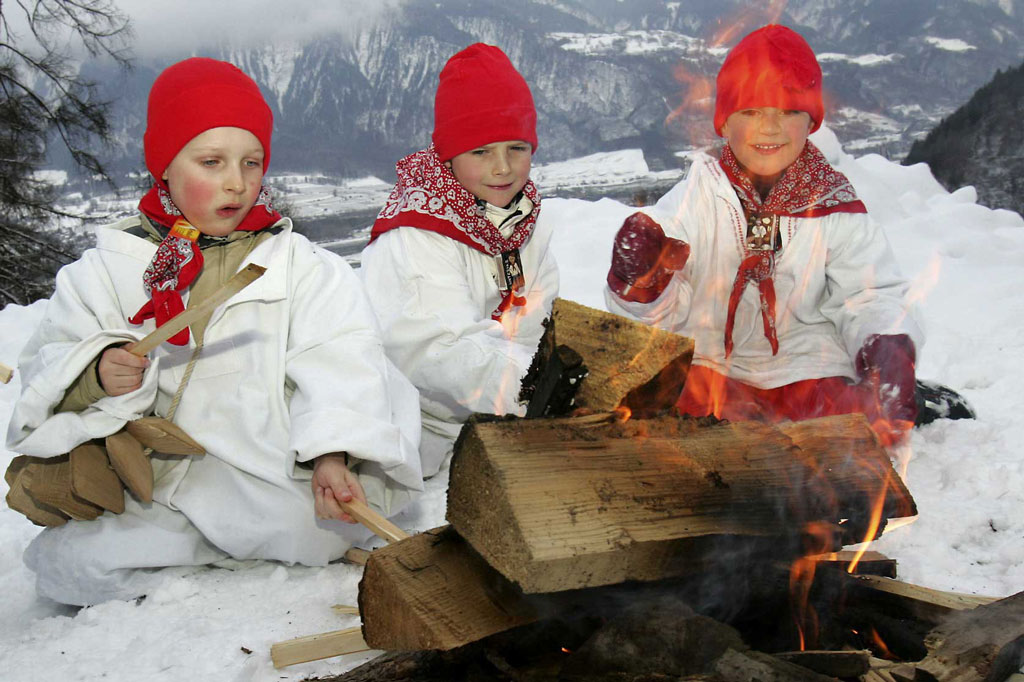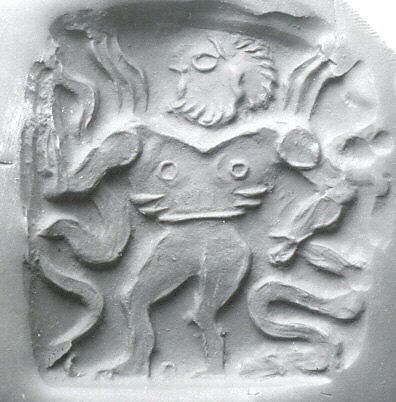
Thread (longish): During the excavations of the the Temple Repositories at Knossos, among many early 2nd millennium BC faience (glazed ceramic) objects, Arthur Evans unearthed ceramic crocuses and models of female garments decorated with crocuses... 
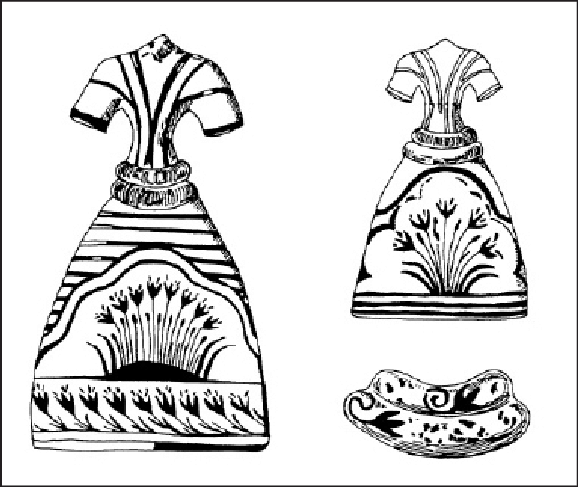
I found this image in the "Bronze Age Flower Power: The Minoan Use and Social Significance of Saffron and Crocus Flowers" (researchgate.net/publication/32…). Really cool article...
In it the author, Rachel Dewan, states that: "...If Evans’ interpretation of the faience models as votive offerings is correct, than here again is evidence for significant links between women, textiles, crocuses, and the divine"...
In the conclusion of her article, Rachel Dewan says: It is clear from the iconographic evidence that crocuses and saffron were regarded as more than mere crops by the inhabitants of the Bronze Age Aegean...
As a functional ingredient within the dyeing and perfuming industries, an effective medical treatment, a meaningful cultural symbol most likely used in cultic activities, and a profitable commodity, the plant was revered by the Minoans...
The numerous correlations between this valuable plant and Minoan females, seen both in iconographic representations and archaeological finds, suggests that saffron was held in particularly high esteem by women who embraced it as a symbol of female identity and culture...
By the Mycenaean period, saffron’s value and versatility were well-established, and its detailed recording in Linear B documents reflects its status as a treasured commodity worthy of palatial attention...Saffron ideogram on tablets from Knossos highlighted in yellow... 
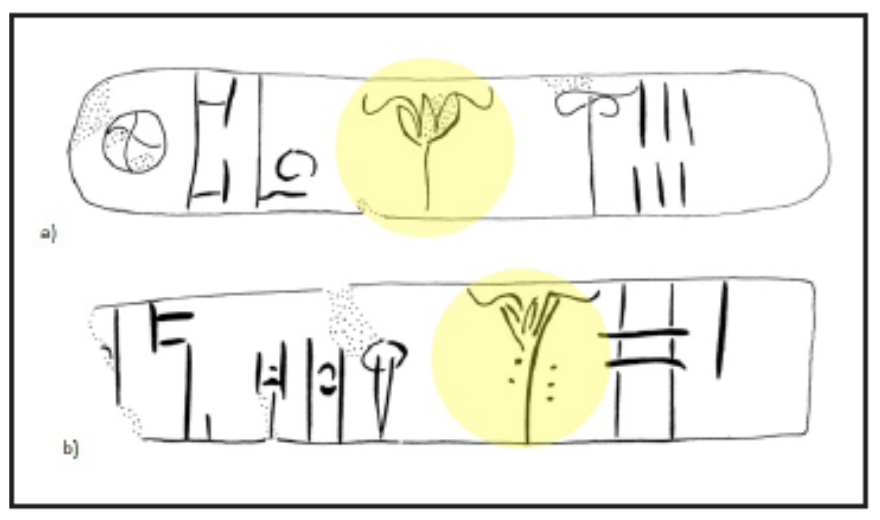
Interestingly, however, crocus imagery became a rare motif in Mycenaean art throughout the Aegean, suggesting that the plant lost some of its symbolism in this later period, even as its economic importance remained...
End of quote...
End of quote...
So there are two unanswered questions here:
1. Why was crocus revered by Minoans before the Mycenaean conquest?
2. Why was crocus not revered by Mycenaeans?
The answers to the first of these questions is: because of climate. The climate in Crete which shaped Minoan mythology...
1. Why was crocus revered by Minoans before the Mycenaean conquest?
2. Why was crocus not revered by Mycenaeans?
The answers to the first of these questions is: because of climate. The climate in Crete which shaped Minoan mythology...
The climate in Crete is divided into two seasons:
The dry and hot season May-Sep...
The wet and cool season Oct-Apr...
This is temperature and precipitation chart for Knossos (Modern Heraklion) area of Crete...
The dry and hot season May-Sep...
The wet and cool season Oct-Apr...
This is temperature and precipitation chart for Knossos (Modern Heraklion) area of Crete...
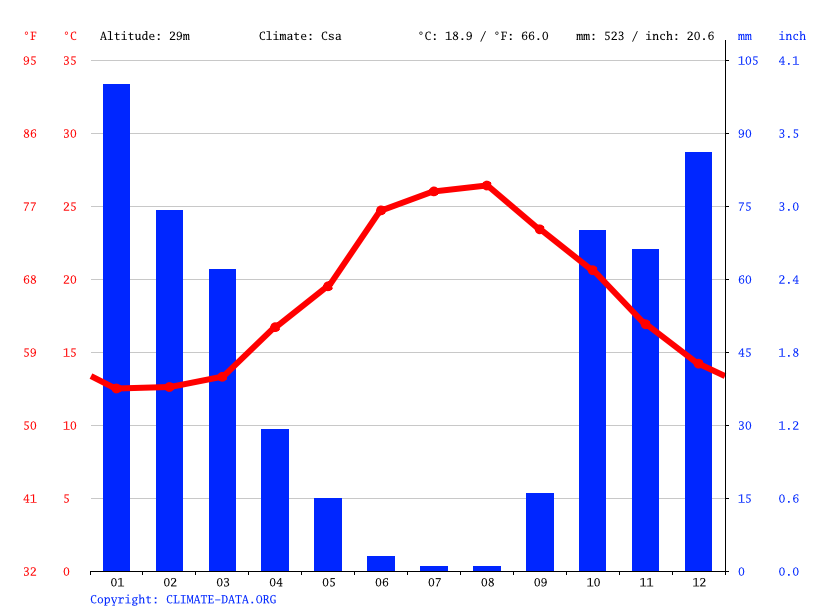
The end of the dry season is the moment of prayer in Crete...The rivers and wells are dry...The soil is dry and cracked...Everyone is looking at the sky, waiting for the arrival of the first rain clouds... 
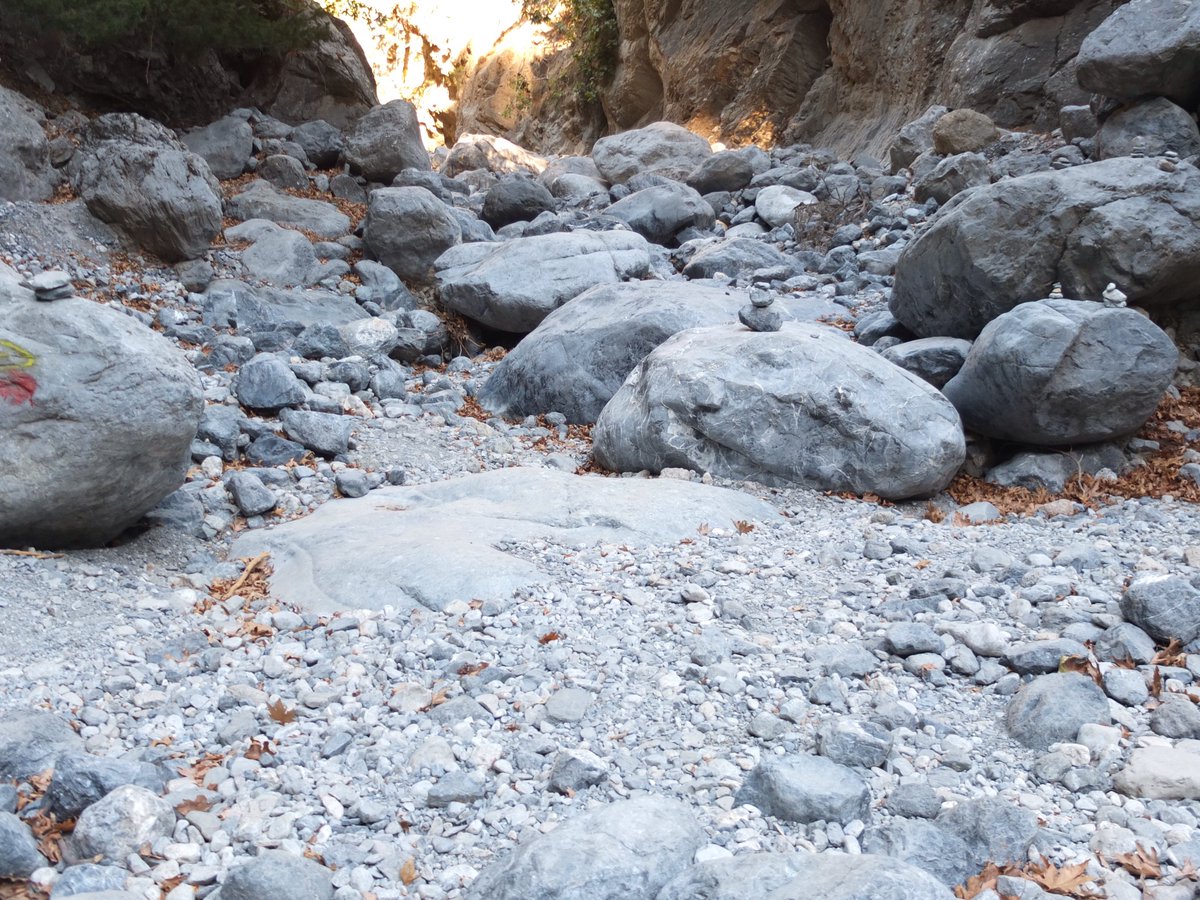
And then the Cretan Ibex goat mating season starts, and the first rains arrive...The land turns green. The wells and riverbeds start filling up. The life returns...
Which is why Ibex goat was venerated as the goat of rain by Minoans. More about it here:
oldeuropeanculture.blogspot.com/2020/02/goat-r…
Which is why Ibex goat was venerated as the goat of rain by Minoans. More about it here:
oldeuropeanculture.blogspot.com/2020/02/goat-r…
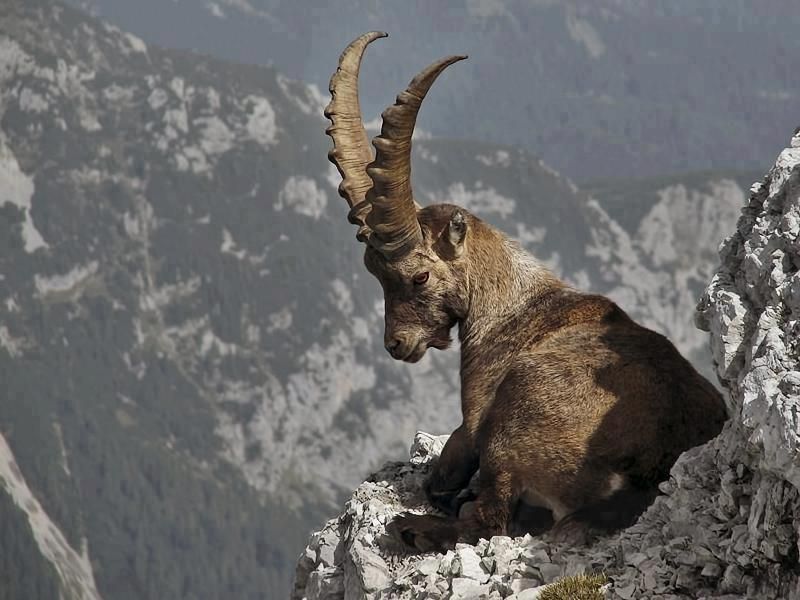
And right after the first rains, the wild flowers appear everywhere. Including saffron crocuses which flower in November - December...They were picked by Minoan women, as depicted on these Minoan frescoes... More in: oldeuropeanculture.blogspot.com/2020/02/saffro… 

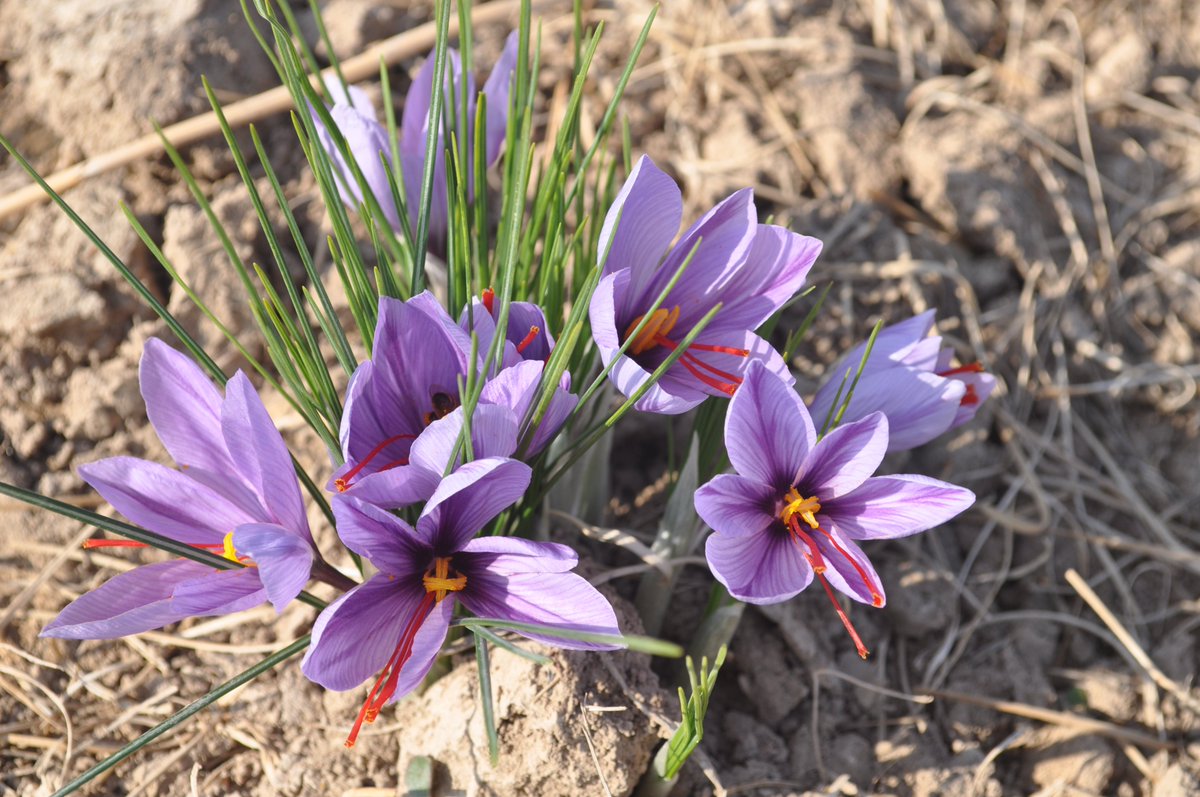
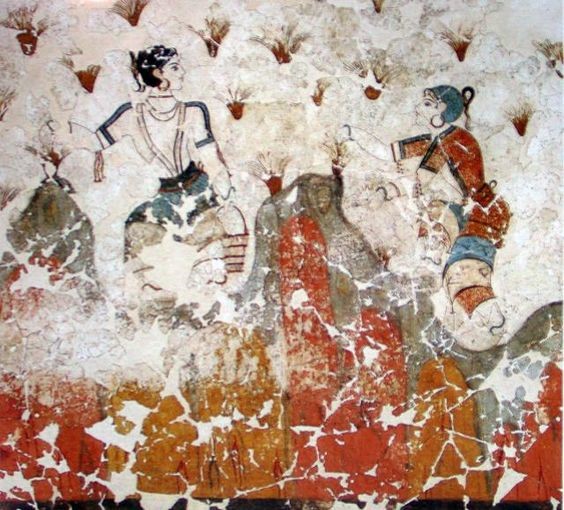
These flowers were picked because of their vivid crimson stigmas...About 400 hours of labour is needed to produce just one kilogram of saffron...Which is why saffron was worth its weight in gold...Still is by the way... 
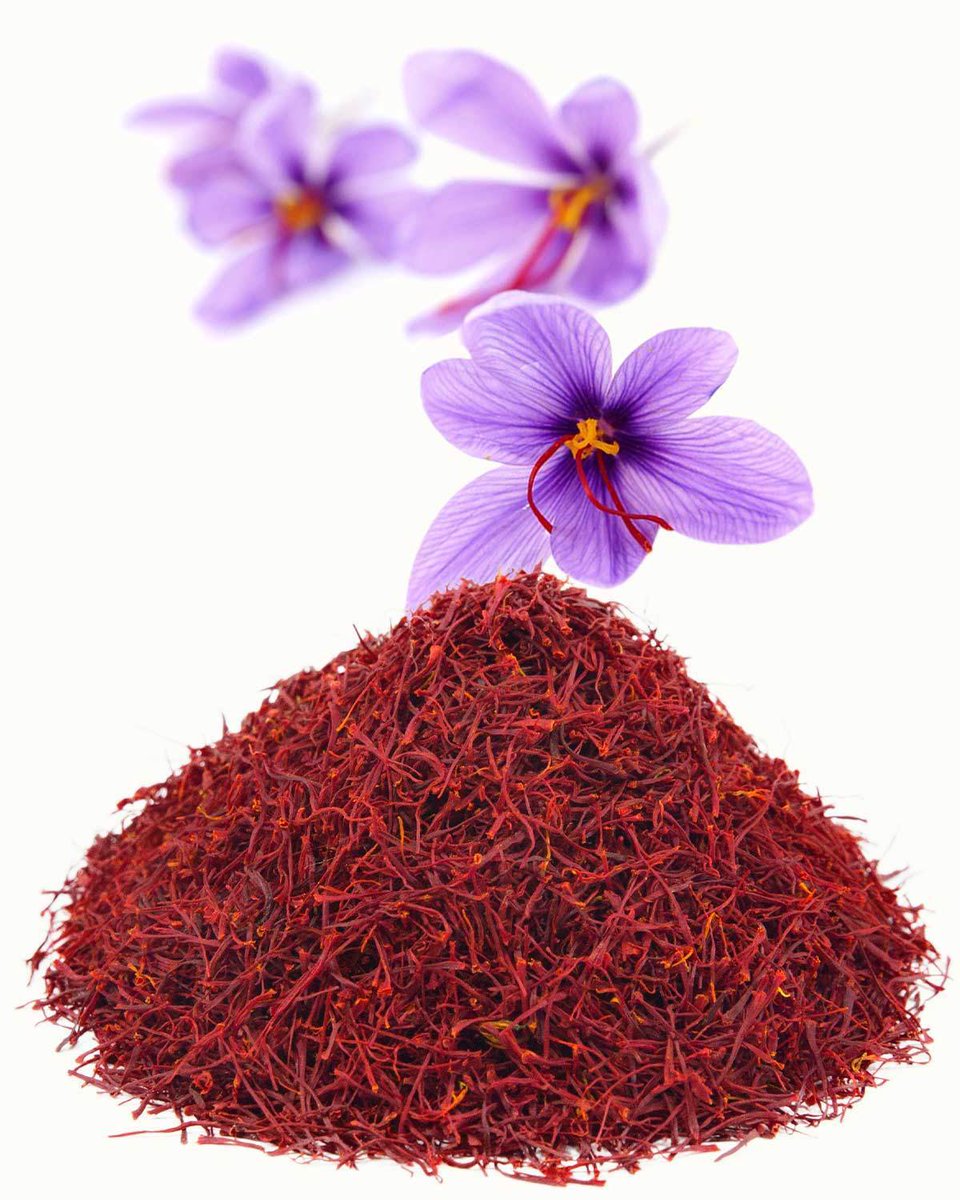
We know this because saffron was the only spice to be measured by weight, in the same small, intricate values used for gold, suggests that it was considered to be a valuable commodity, carefully monitored by the palace...
The appearance of the saffron ideogram (CROC) on 59 whole or partial Linear B tablets is indicative of its economic importance. It was a valuable commodity...The reason for this is because it was used in the production of luxury goods...
Because of its extremely strong color, saffron was used to die clothes yellow, the color which was from Eastern Mediterranean to Mesopotamia considered to be the color of divinity and royalty... 
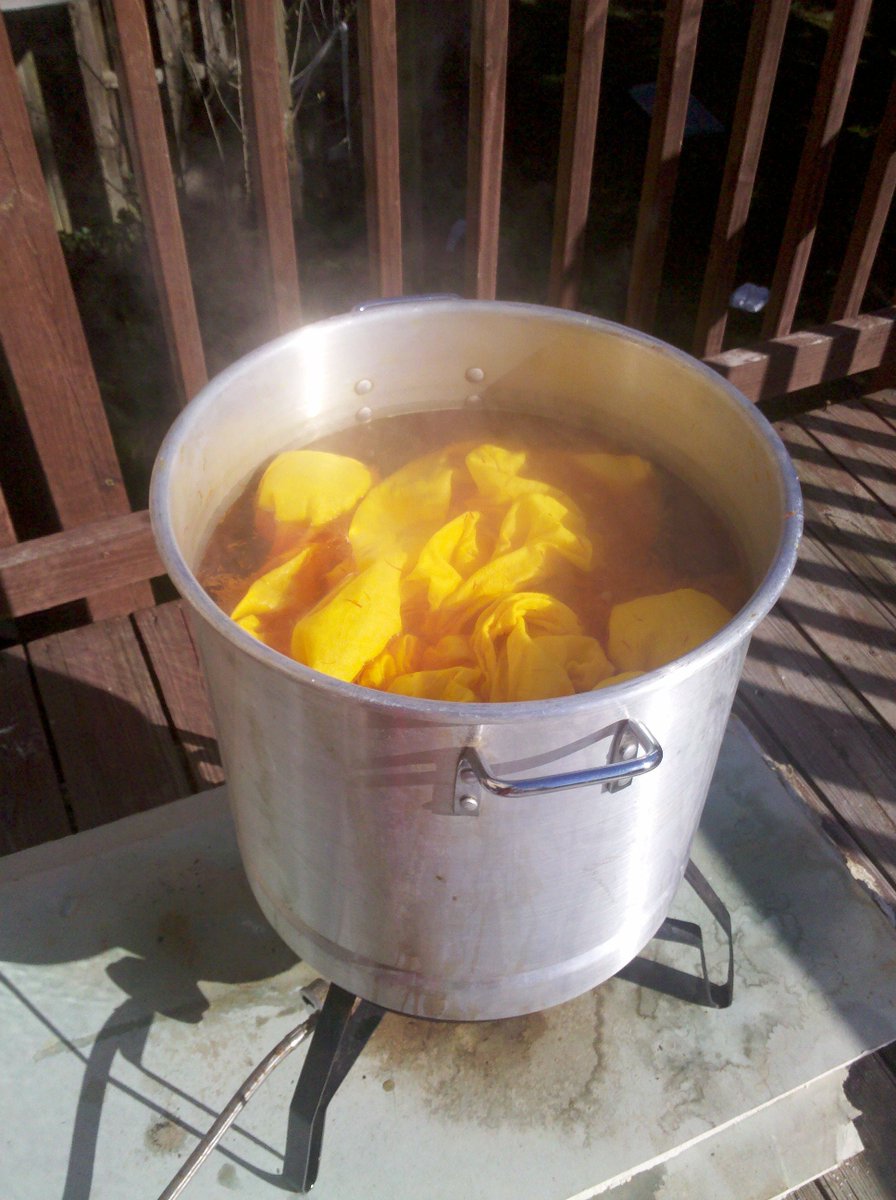
Because of its aroma and color, saffron was used as a food spice and as a compound in cosmetics, like cremes, body paint, and perfumes...
Because of its medicinal properties, saffron was used in preparation of medicines. As a matter of fact it was in the past one of the most famous medicinal plants...Amongst medicinal plants known in the Near East and Mediterranean, saffron has the largest number of applications...
Here is the interesting bit: the spice’s most common ancient reference is as a pain-reliever for menstrual cramps and childbirth. Saffron can act as an abortive in high doses, and may have functioned as an early form of birth control...
A women's plant...
A women's plant...
Rachel Dewan quotes Robert Arnott who notes the prominent role that herbal healing would have played within the ancient Aegean, particularly amongst ancient midwives and female healers. I talked about this in my article about Balkan village midwives: oldeuropeanculture.blogspot.com/2017/01/babas-…
Rachel Dewan then says that "The fact that women, rather than men, are shown in scenes involving crocuses and saffron has led many scholars to suggest that the Minoans were aware of the gynecological benefits of saffron, and thus exploited the plant’s medicinal properties..."
Indicating that maybe this plant was sacred to Minoan women precisely because of its obstetrical-gynecological medical application...And I do agree that this is part of the reason why saffron crocus was sacred to the Minoan women...
But I also believe that the saffron crocus acquired religious significance because of when it flowered: right after the first rains...
The plant directly connected with feminine beauty and fertility flowered at the moment when Mother Earth's beauty and fertility was restored by her first "period": the first trickle of water in dry riverbeds after the first winter rains...You could make a religion out of it...
Now what about the decline of the crocus veneration under Mycenaeans...
To answer this question we have to look at the saffron crocus plant itself...The saffron crocus plant grown commercially today is Crocus Sativus...
en.wikipedia.org/wiki/Crocus_sa…
To answer this question we have to look at the saffron crocus plant itself...The saffron crocus plant grown commercially today is Crocus Sativus...
en.wikipedia.org/wiki/Crocus_sa…
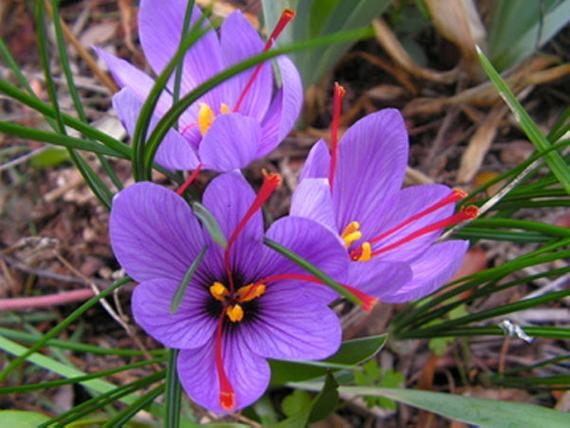
But this is not the crocus flower picked by Minoans...They picked this: Crocus Cartwrightianus, the wild ancestor of the Crocus Sativus...
en.wikipedia.org/wiki/Crocus_ca…
en.wikipedia.org/wiki/Crocus_ca…
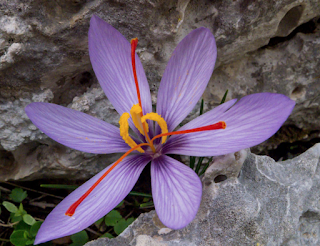
If we look at the natural distribution of this wild saffron Crocus Cartwrightianus we can see that it is found in Crete, Cyclades islands and Attica...
Now the Crocus Sativus is a triploid with 24 chromosomes. This makes the plant sterile due to its inability to pair chromosomes during meiosis. Which means that it has to be propagated by corms...And transplanted from place to place by humans... 
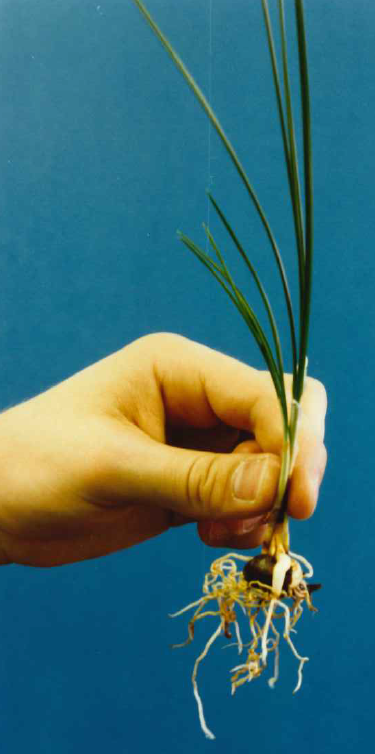
The ancestor of the Crocus Sativus, which is unknown in the wild is Crocus Cartwrightianus.
Now today I came across the article "Saffron (Crocus sativus) is an autotriploid that evolved in Attica (Greece) from wild Crocus Cartwrightianus" (sciencedirect.com/science/articl…).
Now today I came across the article "Saffron (Crocus sativus) is an autotriploid that evolved in Attica (Greece) from wild Crocus Cartwrightianus" (sciencedirect.com/science/articl…).
In this interesting article we read that: From Minoan frescos it is clear that more than 3600 years ago humans already harvested and used wild saffron in the southern Aegean...
The first clear indication for the cultivation of triploid saffron can be found in Historia Plantarum (350 BCE–287 BCE) where Theophrastus described the plant as being propagated by corms...
Our GBS (genotyping-by-sequencing) data point to the small Greek region around Athens as the place where Crocus Sativus evolved. We assume that sometime in between 1600 BCE and 350 BCE a triploid Crocus Cartwrightianus cytotype originated in Attica and was selected by humans...
They must have realized that they have a highly aromatic and stable type at hands that keeps the valuable properties of saffron through time and (vegetative) generations...
End of quote...
End of quote...
Now "between 1600 BCE and 350 BCE" is a huuuuge time period...Can we narrow down the time when the domestication of Crocus Sativus happened? Well I think we can...
Something extremely important happened "between 1600 BCE and 350 BCE". The eruption of Thera, which according to archaeological data occurred in c. 1500 BC. It and the tsunami that followed caused cataclysmic destruction and the decline of the Minoan civilization of Crete...
This turn of events gave the opportunity to the Mycenaeans to spread their influence throughout the Aegean. Around c. 1450 BC, they were in control of Crete itself, including Knossos, and colonized several other Aegean islands, reaching as far as Rhodes...
I would here argue that the domestication of Crocus Sativus, if it happened in Attica, definitely didn't happen before the Mycenaean conquest of Minoan territories...Because I don't think that Mycenaeans knew what the source of saffron was before that...
Here is my theory: The wild Crocus Cartwrightianus was before Minoans endemic to Crete and this was the only place where it was originally found...
Minoans brought it to their colonies on Cycladic islands where they planted it, grew it and harvested it for saffron...The substance worth its weight in gold...
What I think is that Minoans probably kept the whole thing as a sacred secret...Partially because if you keep the source of your product secret you make sure no one else can take over your market by stealing few plants and planting them in their back garden...
But also because for Minoans saffron crocus was not just valuable. It was sacred...You wouldn't want some foreign devils laying their filthy barbaric eyes or hands on your sacred plant...
Then Thera exploded and Mycenaeans invaded Crete...Mycenaeans of course knew about saffron and now they were able to get their hands on the plant that saffron was extracted from...And of course they brought it to their mainland home and planted it in their back garden...
I believe that this is when Crocus Cartwrightianus left Minoan territory for the first time and was for the first time planted in Attica...
The plant was originally grown and harvested as a "wild plant"...Just like it was on Crete... Eventually at some point "between 1450 BCE and 350 BCE" somewhere in Attica someone came across the mutated Crocus Cartwrightianus and hey presto, Crocus Sativus...
Mycenaeans only saw economic importance of saffron crocus...As a male dominated warrior society, to Mycenaeans, the whole link between feminine beauty and fertility and the beauty and fertility of the Mother Earth was alien, unimportant and most likely laughable...
This was part of the Minoan culture and religion which they hated and probably actively eradicated...Which is why after the arrival of Mycenaeans, saffron crocus disappears from divine images and remains only in profane accounting tables...
That's it...What do you think?
• • •
Missing some Tweet in this thread? You can try to
force a refresh


